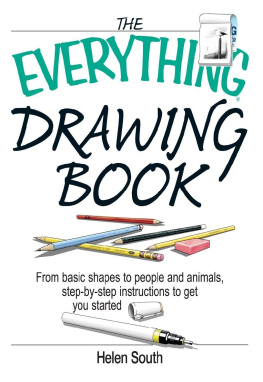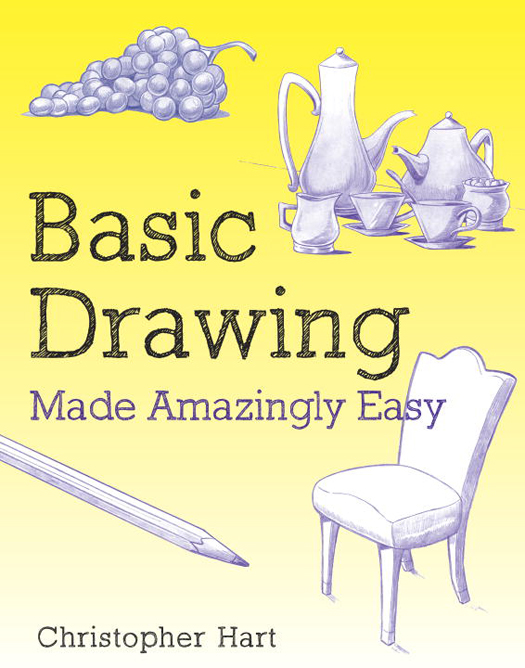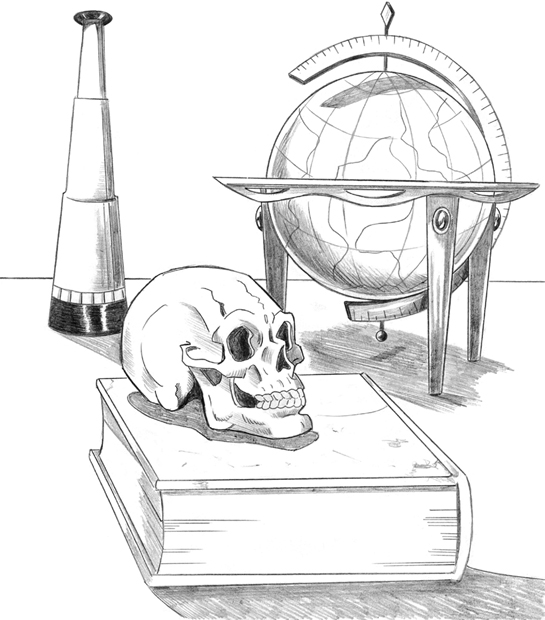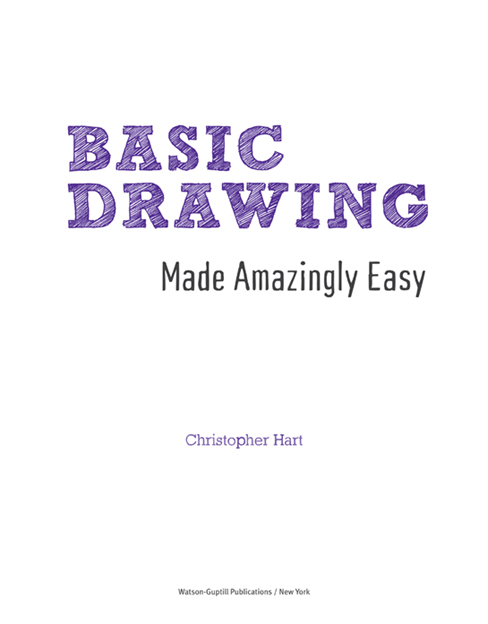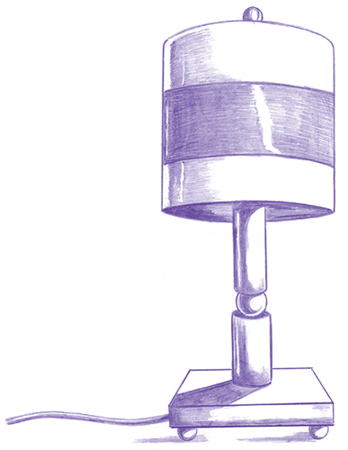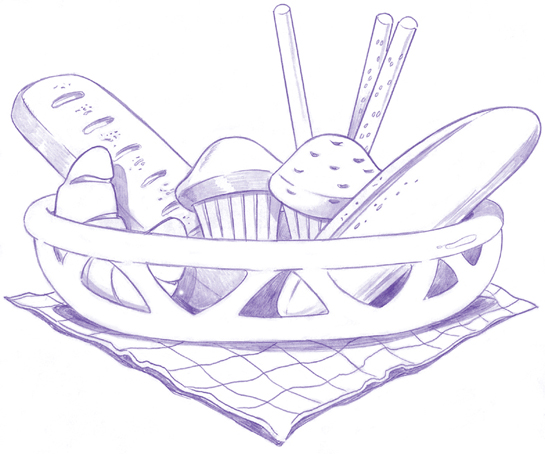All rights reserved.
Published in the United States by Watson-Guptill Publications, an imprint of the Crown Publishing Group, a division of Random House, Inc., New York.
www.crownpublishing.com
www.watsonguptill.com
WATSON-GUPTILL is a registered trademark and the WG and Horse designs are registered trademarks of Random House, Inc.

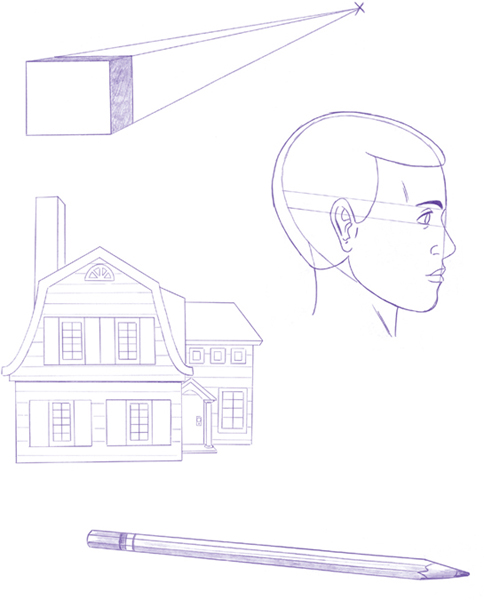
Drawing is a fun and satisfying way to express your creativity, but learning to draw can be intimidating. Naturally, a beginning artist needs a solid foundation in artistic principles, but why cant those principles be clearly explained and illustrated?
Here is a complete drawing book for the beginning artist that focuses on getting you drawing right away, while giving you all the tools you need to build a solid foundation in art. In working through this book, you will learn how to see like an artist, in terms of form, line, and shadow. Each chapter gradually builds upon earlier lessons so that the experience of learning to draw is never too challenging. Confidence will replace your earlier doubt as you learn techniques that work, such as how to combine basic geometric and organic shapes to create almost anything, how to add depth and shading to your drawing, and how to handle composition, form, and perspective. Finally, youll learn to draw the human body as a graceful and expressive figure, perhaps the most fulfilling accomplishment for the beginning artist.
Before reading this book, you may have shied away from, or perhaps never even considered, drawing certain subjects; however, I hope that as you go through these chapters you discover something wonderfulthat in addition to improving technically, youre also becoming more creative. How is that possible? Good technique gives you the freedom to draw whatever is in your imagination. It gives you the tools to create. Before, your creativity was limited by your access to good information about technique. But now, in effect, were about to unleash your creative spirit.

Before you start exploring your beginning drawing lessons, lets make sure you have all the supplies youre going to need. As an artist, its important to have your materials at the readyyou dont want to be struck suddenly with inspiration, only to find that youre out of paper or lack the right drawing instrument.
Once youve got your supplies, youll learn to see the hidden geometric shapes that make up just about any form you wish to draw. Seeing these basic shapes, and how they come together to build objects, is the first secret to easier, better drawing.
Unlike other forms of art, such as painting and sculpture, drawing is inexpensive and mess-free. Whether youre a beginner or a more experienced artist, we all use the same basic list of drawing supplies. You can get these at almost any art supply store, or you can order them online.
Drawing pencils come in a variety of leads. The hardest ones make the lightest lines, and the softest ones make the darkest lines. The darkest pencils draw the smoothest, but they smudge like crazy and are all but impossible to erase. The lightest draw without any give and are so hard that they chisel into the paper, causing a groove thats visible even after youve erased it.
A pencil grade represents two things: the darkness of the lead and its softness. The softer the lead, the smoother the pencil is to draw with. B and HB grade pencils are excellent for sketching and drawing. The HB is a popular sketching pencil and right in the middle of the pack. Next are the F pencils, also excellent, though they may require a little extra pressure on the pencil to produce a dark, black tone. Its recommended to stay in the middle of the spectrum. I recommend picking up a few B, HB, and F pencils to see which you prefer.

Each pencil-grade notation is found at the top of the pencil. Erasers are absent from professional artists pencils.

2H: Light tone. Good for initial sketching but will usually have to be drawn over in a darker tone once the drawing is completed. Also a good tone for light shading.
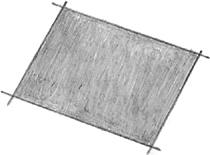
H: Same purpose as 2H, but slightly darker.
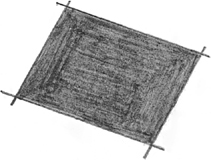
F: Creates a nice, dark line but is also capable of light shading. Not easy to create very dark tone with this grade, but it can be done. Can create black when pressed hard.


